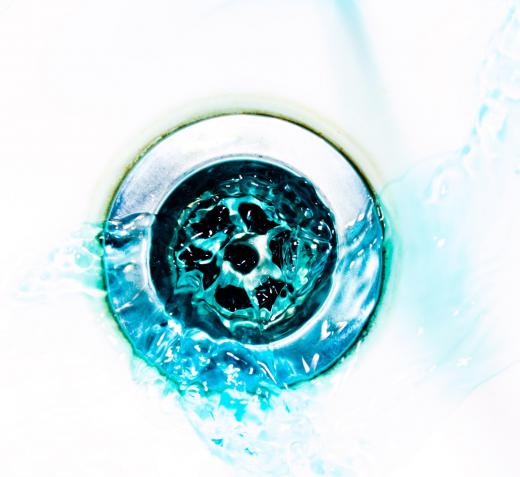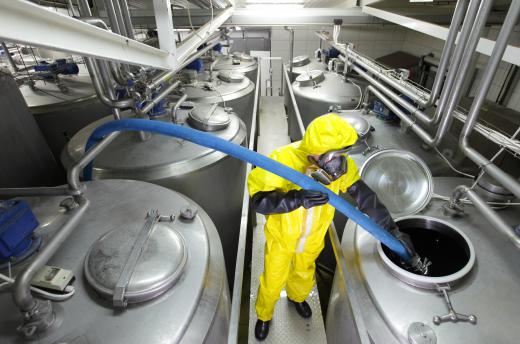Sometimes referred to as lye, sodium hydroxide is a chemical compound with a high alkaline content. The properties of the chemical make it ideal for use in a number of different applications, including the manufacture of cleaning products, water purification, and the manufacture of paper products. Because of the alkaline content, sodium hydroxide is a strong skin irritant, making it necessary to handle the product with great care during commercial use.
In its pure form, sodium hydroxide takes on the form of flakes or pellets that are a bright white. In this form, the chemical easily absorbs carbon dioxide from any air in the space; this makes it necessary to house the product in a container that is airtight. The fact that that sodium hydroxide is water-soluble helps to make it ideal for use in a number of liquid-based products.

This lye compound can be utilized in many different types of products used in the home as well as in manufacturing and other industrial settings. Around the house, there is a good chance that the soaps used for bathing, in the dishwasher and to do laundry contain some amount of sodium hydroxide. Household cleaners for carpeting and tile may also have some trace amounts of the compound as well. The actual amount used in these types of products is very little, making it highly unlikely that contact with the skin will result in some type of irritation.

The chemical can also be used in various aspects of food preparation. Produce companies may use a cleaner containing sodium hydroxide to cleanse fruits and vegetables before shipping them to market. It is not unusual for olives to be immersed in the compound as a way of softening the texture slightly. Corn that is ground into grits is soaked in the compound before the kernels are ground.

There are a number of products that contain considerably higher amounts of sodium hydroxide. Paint strippers are one example. The high content works very well in weakening the existing coat of pain and allowing it to separate from the wood or metal surface with ease. The chemical also is used to clean large vats and tanks in breweries, since it will loosen and absorb any residue that clings to the interior sides of the vats. In many areas of the world, the compound is mixed with water and used to dissolve the carcasses of animals after all usable parts are harvested for production of food products for humans or animals.

The use of sodium hydroxide in many other products is common. Some hair products, such as relaxers, contain small amounts. Drain cleaners often make use of the compound, as it will help dissolve clogs with relative ease. The chemical also helps to bleach pulp to a pristine white, making it essential to the production of many paper products.
While the use of sodium hydroxide is widespread, it is important to remember that direct contact with the pure chemical can be extremely damaging to the skin. People who handle the chemical during the manufacturing process or with other applications often wear protective clothing to minimize the chance of exposure. In the event that the skin does come in contact with the compound, rinsing the area with warm water for several minutes is recommended.

